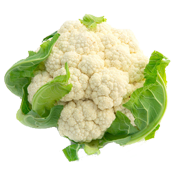THE ORIGINS OF
COLIFLOWER
Cauliflower should be from wild broccoli in the eastern Mediterranean, a few hundred years before Christ. Grown in Crete, Egypt and Cyprus, an Italian trader reportedly brought seeds back to Europe at the end of the 15th century. Not very cultivated until the 17th century, when it was distributed by Dutch gardeners in England.
THE VARIETIES OF COLIFLOWERS
Cauliflower varieties are distinguished by their harvesting period: winter, summer or autumn.
They can be presented in sheets (still wrapped in its last leaves), crowned (the leaves are blunt) or stripped (up to 5 small soft leaves can then be accepted).
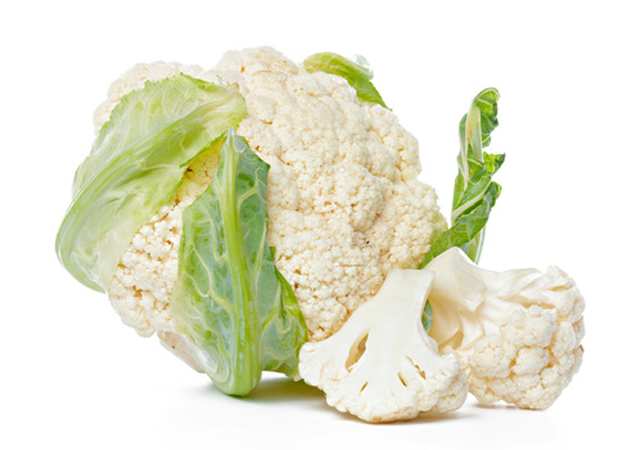
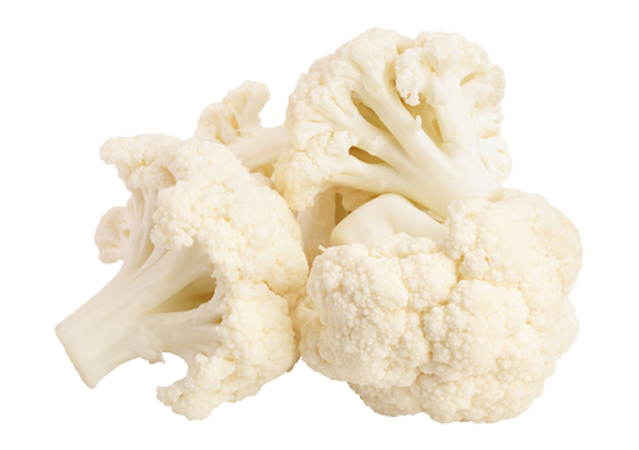
HOW TO CHOOSE COLIFLOWER
Dense and heavy, it should be chosen with well closed and regular leaves. Care must be taken to ensure that no traces of mould are found. The leaves are a good indicator, a beautiful pale green, they will be fresh and firm.
You need 800 to 900g of cauliflower for a gratin or soup for 4 to 6 people.
HOW TO STORE AND COOK
COLIFLOWER
It can be stored for a day or two in a cool place without any problem. It must be rinsed before use. A lemon juice will allow it to keep its white color.
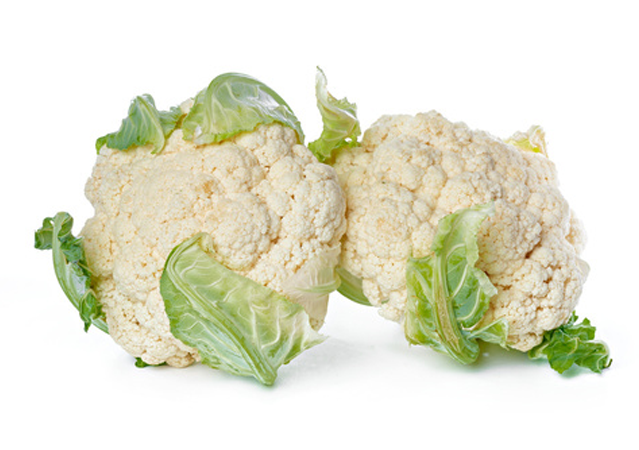
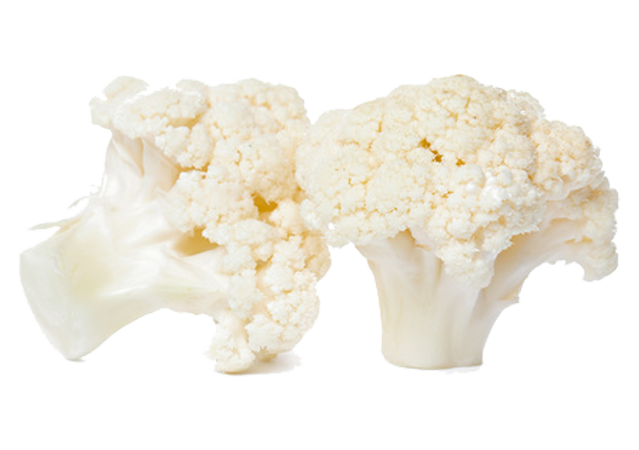
COLIFLOWER’S HEALTH PROPERTIES
Cauliflower is one of vegetable that contains the most vitamin C. Its content remains stable despite storage and cooking. The daily vitamin C requirements of an adult are covered with 200g cauliflower. It is a precious ally of our health by being perfectly in line with the prevention of certain cancers. In addition, it avoids water retention and promotes renal purification due to its potassium content.


